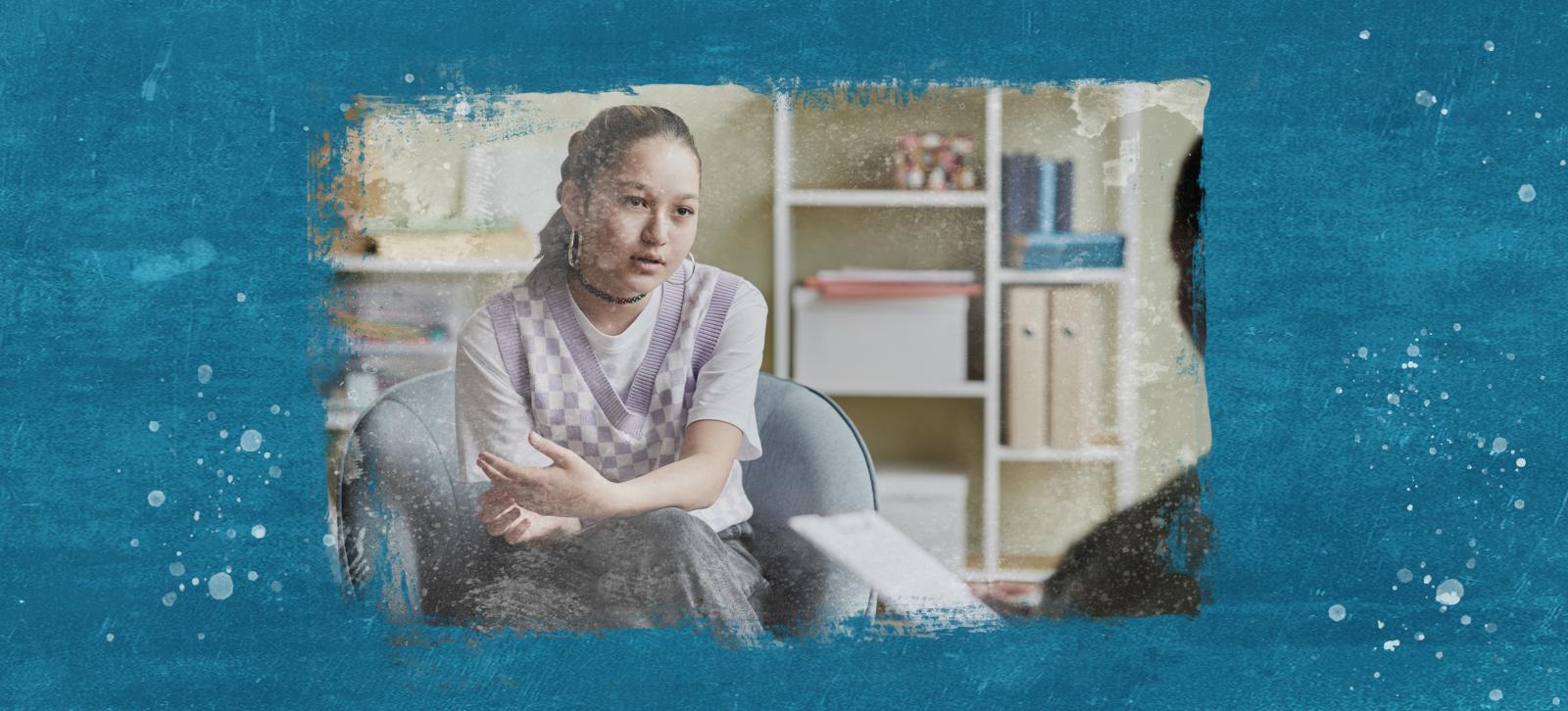Have you ever said, “I’m so anxious right now” or “I feel depressed today”? You’ve probably also heard people say they have anxiety or depression. These might sound the same, but they’re actually two different things: a mental health experience and a mental health diagnosis.
It’s helpful to know the difference so you can make sure you have the right tools and support when you need them. Let’s take some time to clear this up.
Mental Health Experiences
Everyone has emotional experiences like:
- Feeling anxious before a big test or presentation
- Feeling sad or down after something bad happens
- Trouble focusing when you’re tired or stressed
- Feeling socially awkward in new situations
- Having mood swings during stressful times
These experiences are part of being human. They usually:
- Don’t last very long
- Match what’s happening in your life
- Can be helped with self-care and support
- Don’t get in the way of normal daily activities
Mental Health Diagnoses
Here’s what makes a mental health diagnosis different. It usually involves patterns that:
- Last a long time (weeks, months, or longer)
- Make daily life a lot harder—affecting school, relationships, or regular activities
- Cause distress or make it hard to function
- Involve multiple symptoms that happen together
- May need professional help to manage effectively
For example:
- Feeling anxious before a speech ≠ Generalized Anxiety Disorder
- Feeling sad after a breakup ≠ Major Depressive Disorder
- Being energetic and excited ≠ Bipolar Disorder
- Being neat and organized ≠ Obsessive-Compulsive Disorder (OCD)
- Trouble focusing sometimes ≠ Attention-Deficit/Hyperactivity Disorder (ADD/ADHD)
Why This Difference Matters
When we talk about mental health, it’s helpful to understand how different experiences fit into the bigger picture. Here’s why this matters:
- Normalizes emotional experiences: Having ups and downs in life is natural. Feeling a range of emotions, including tough ones, doesn’t mean there’s anything wrong with you—it is actually a good thing.
- Reduces self-diagnosis: While learning about mental health is valuable, remember that online information is a starting point, not a final answer. Jumping to conclusions can make you worry more than you need to.
- Guides on where to get help: Different problems need different kinds of support. From talking with friends to seeking professional help, there are resources available to match your unique needs.
- Reduces stigma: Everyone deals with mental health. Knowing that mental health exists on a spectrum helps us move past “us vs. them” thinking.
By seeing the full picture, we can better understand ourselves and support others on their journeys.

If you aren’t sure where you are in the range of ways that emotions and mental health can show up in your life, tracking your emotions can help you identify triggers, notice patterns, and discover if you need some additional support. Here are some tips for getting started:
- For two weeks, record:
- What emotions you’re having
- How strong they are (rate from 1-10)
- What might be causing them
- How long they usually last
- Look back at your notes and see if you can identify any patterns.
- Wondering if those patterns are a problem? Take a free mental health screening at Mental Health America’s Youth Screening Tools. This can help you decide if talking to a mental health expert might be helpful.
TRY IT NOW: Download a free mood tracking app like MoodMission.
